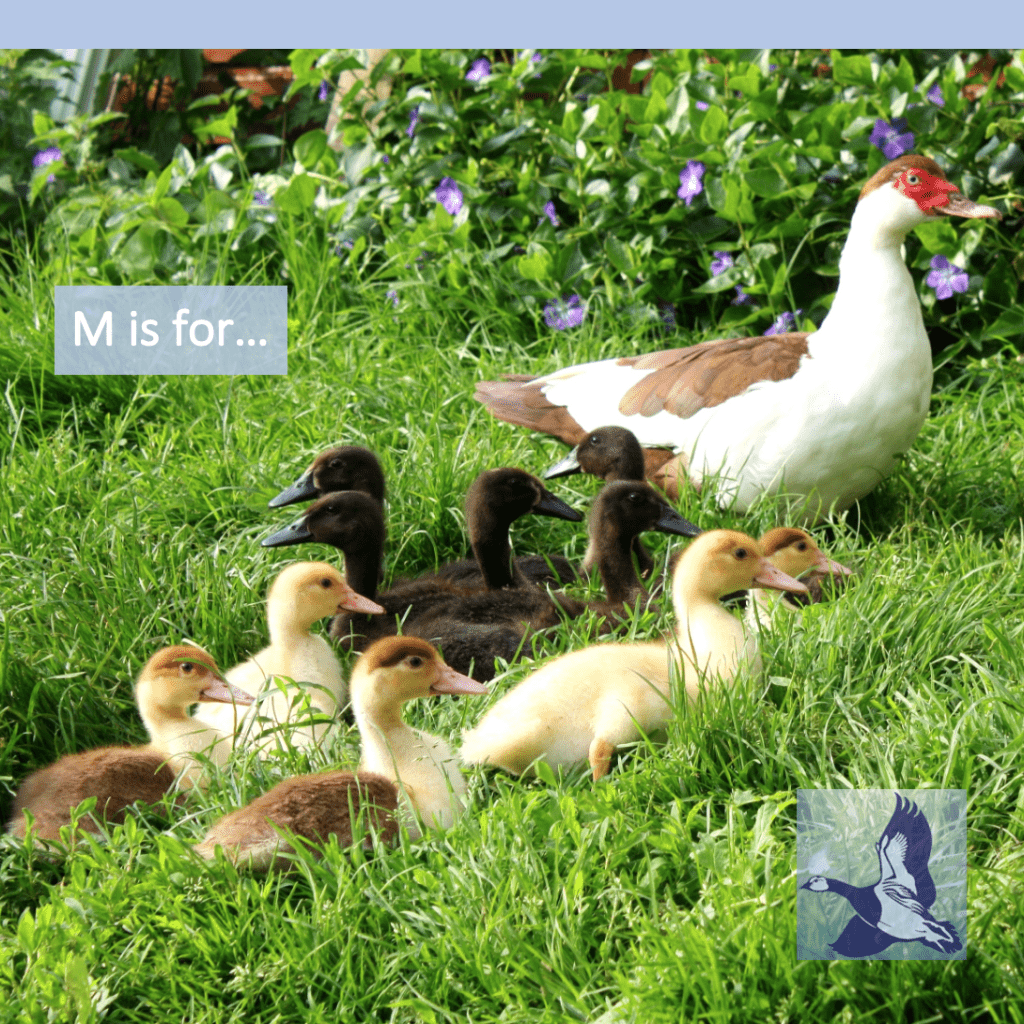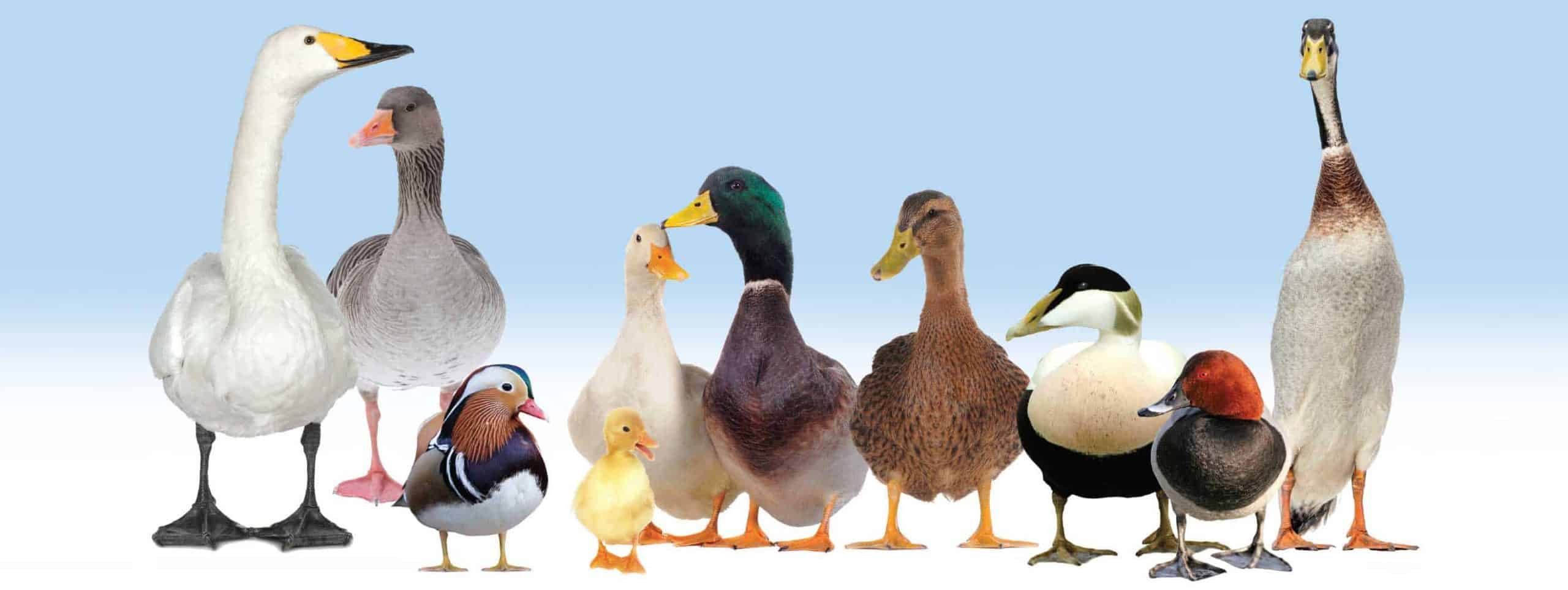Waterfowl on the Web 2022 Class no 7 — Bantam Ducks
Waterfowl on the Web 2022 Class no 7 — Bantam Ducks Small ducks have become very popular as pets in recent decades. They are cheap to keep and are ideal garden pest controllers. Their popularity probably rose after the banning of wildfowl from exhibition pens in the UK. All four bantam ducks are represented in […]
Waterfowl on the Web 2022 Class no 6 — Light Ducks
Waterfowl on the Web 2022 Class no 6 — Light Ducks Light ducks are often regarded as the general purpose ducks and include some of the classic egg layers. The Indian Runners would fall into this category, but as they are so popular, they come into a class of their own. Presently standardised are: Abacot […]
Waterfowl on the Web Class 5 — Heavy Ducks
Waterfowl on the Web 2022 Class no 5 — Heavy Ducks Heavy Ducks are those which generally weigh over 3 kg in the duck and 3.5 kg in the drake. Heavy breeds presently standardised are: Aylesbury Blue Swedish Cayuga Muscovy Pekin Rouen Rouen Clair Saxony Silver Appleyard Class winner 5.45 Aylesbury from Stuart Wiliams Best of […]
Waterfowl on the Web Class 3 — Light Geese
Waterfowl on the Web 2022 Class no 3 — Light Geese Agile and active, light geese can be an ideal choice if space is limited. They will still do an excellent job of lawnmowing! Chinese Czech Franconian Pilgrim Roman Sebastopol Shetland Steinbacher Class winner and Reserve Champion 3.18 Sebastopol from Cathy Faulkner Best of breed: […]
Waterfowl on the Web 2022 Class 2 — Medium Geese
Waterfowl on the Web 2022 Class no 2 — Medium Geese The medium breeds are justifiably popular, both as exhibition birds, grazers and pets. It’s great to see examples of each of the four breeds here. Brecon Buff Buff Back and Grey Back Pomeranian West of England Class winner 2.13 West of England from Jenny […]
Waterfowl on the Web Class 1 Heavy Geese
Waterfowl on the Web 2022 Class 1 — Heavy Geese Most heavy geese are gentle giants and much loved by their owners. With ganders weighing in at well over 10 kgs, it is important that these impressive birds are treated with respect. All four heavy breeds presently standardised are represented here: African American Buff Embden […]
Pal-Mates … weekend web tip

W is for wild, introduced or domestic? When we talk about wild waterfowl in Britain, we usually mean the birds ‘ordinarily resident’ here, in their wild colour and form. Some, like the Mandarin Duck (Aix galericulata) or Egyptian Geese (Alopochen aegyptiaca) have been released and have naturalised, but they don’t really belong here. Introduced species […]
Pal-Mates — weekend web tip

M is for Motherhood and Muscovy. As a broody duck, nothing can match the Muscovy. She’s a big bird, but able to be gentle and diligent. Despite looking fierce, with warty red caruncles around their faces, Muscovies are usually a quiet breed. The wild Muscovy, Cairina moschata, originates in South America and is a mainly […]
Domestic Geese
Geese have always had the reputation of being guardians of the farmyard but, for breeders and waterfowl keepers, they have a wider use as pure breeds for exhibition, ‘lawn mowers’ and pets. Geese – the original auto-mowers Well reared, geese are responsive, intelligent birds and deserve a better reputation than they are often given. Greylag […]
Domestic Ducks
With the exception of the Muscovy, all domestic ducks are believed to be descendants of the Mallard Anas platyrhynchos. As pets, table birds or for exhibition, there’s a duck for everyone – Morag Jones Even in the wild Mallard, there is variation in shape, size and plumage. This is what enables the evolution of the […]


